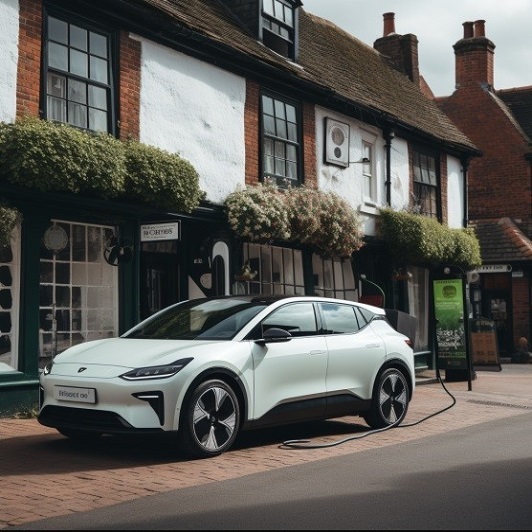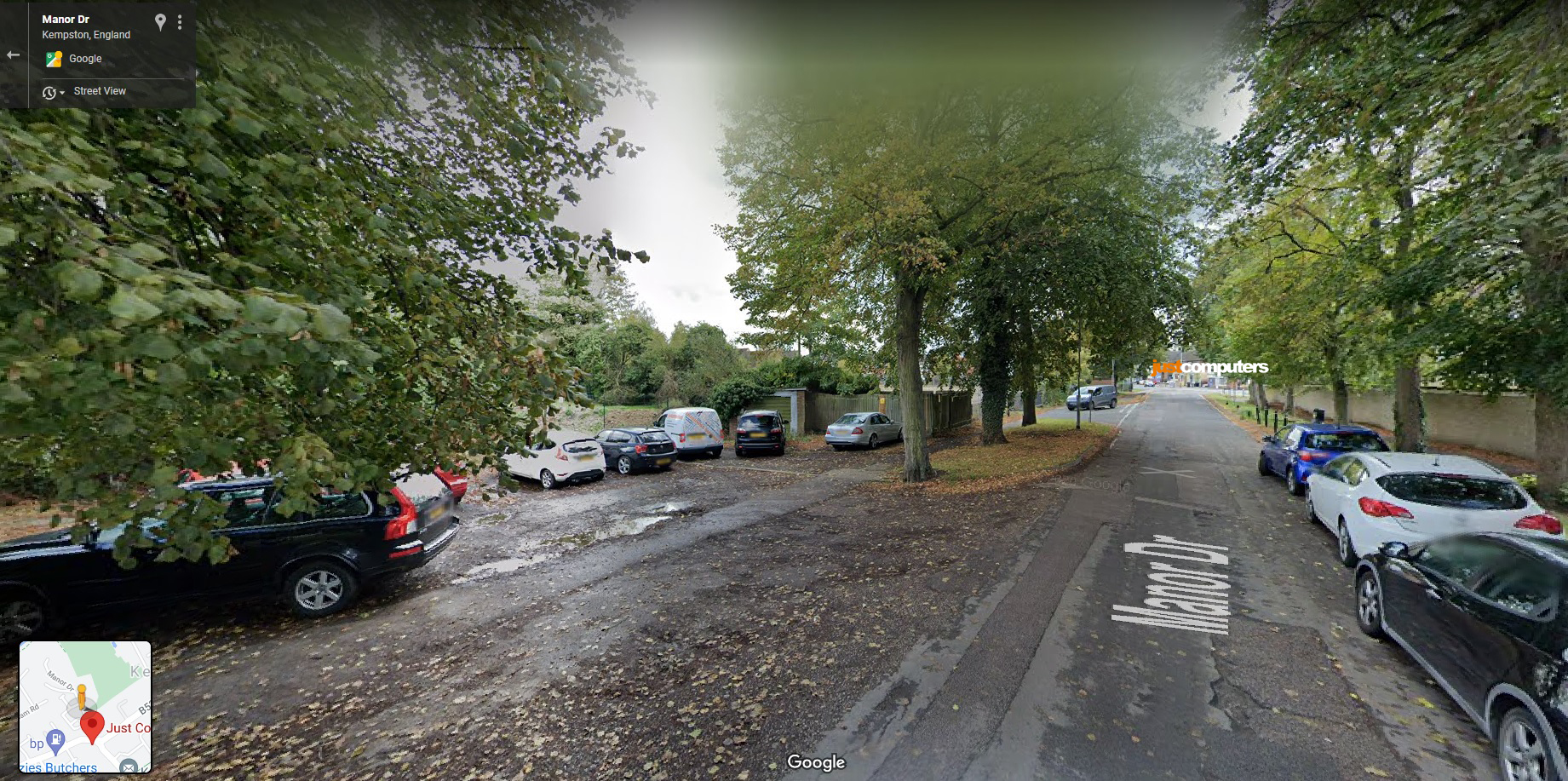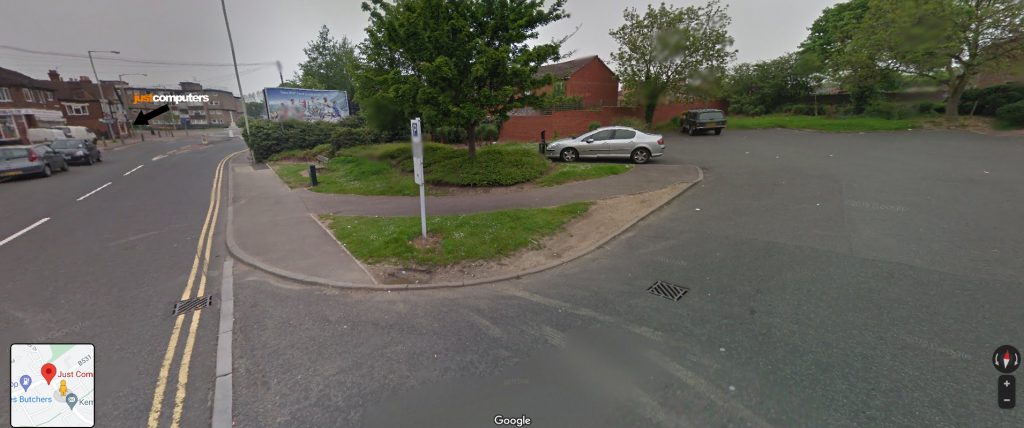
In line with the government’s aim to increase the number of electric vehicle (EV) charging points from 50,000 to 300,000 by 2030, the BT Group has announced that it will be repurposing its old, green street cabinets to EV charging points.
60,000 New EV Charging Points
The move, as part of a pilot scheme beginning in Scotland “in the coming weeks” will see BT’s end-of-life green street cabinets being repurposed to add 60,000 new chargers nationwide.
Green Boxes
BT’s green boxes, a familiar sight on many streets, have traditionally been used to house cabling for phone lines and broadband but BT says the cabinets are slowly becoming obsolete as fibre-optic broadband is rolled out across the country. The company says that when the boxes reach the end of their life the old broadband equipment can be recycled, and EV points housed there instead.
Easy To Repurpose
The BT Group says green boxes can be converted simply by using a small device to supply renewable energy to an on-street charging point, without the need to create a new power connection. The technology can actually be deployed in cabinets which are either in use or due for retirement.
Huge Step
Tom Guy, Managing Director at BT Group said: “Our new charging solution is a huge step in bringing EV charging kerbside and exploring how we can address key barriers customers are currently facing.”
Other Ideas
An insufficient number of charging stations and whether charging points are available at home (or at work) have long been seen as major challenges to the growth of EV ownership in the UK (along with other factors like the price of EVs).
Some of the many suggestions for other potential kerbside solutions include:
– Lamp posts, especially in residential areas where traditional charging stations might be impractical, and they already have an electrical connection, which can be modified to include charging points.
– Parking meters. This would save space plus make use of the existing power supply and payment systems.
– Utility poles (similar to lamp posts), which have an existing power supply and are widely distributed, making them a viable option for EV charging.
– Street furniture such as benches, bus shelters, or other street furniture with integrated solar panels which could be equipped with charging capabilities.
– Retired/classic telephone boxes (only available now in some areas) can (and have been) repurposed as EV charging points, combining cultural heritage with modern technology.
– Bollards could be equipped with charging technology.
– Public toilets, which have been getting scarcer due to closures from council cuts, already have electricity for lighting and heating, and could be adapted to include EV charging points.
– Solar-powered recycling bins with built-in Wi-Fi and charging capabilities are one suggestion of an innovative way to combine waste-management and EV charging.
– Pop-up, temporary charging hubs / mobile charging stations, in areas with high demand, using existing power sources or portable generators.
What Does This Mean For Your Organisation?
The innovative repurposing of BT’s green street cabinets essentially kills two birds with one stone, breathing new life into old infrastructure while tackling the UK’s lack of EV charging points. It’s one step in the right direction towards sustainable technology and environmental responsibility and it sounds as though it has the potential to make a major contribution (60,000) to the UK’s target of having 300,000 EV charging points by 2030. However, bear in mind that this is still only a pilot scheme.
It also seems like quite a practical option for a broad segment of the population. For organisations operating in the EV sphere, this expansion could also open new avenues for growth and innovation, as the increased infrastructure will likely stimulate demand for electric vehicles.
Environmentally, the repurposing of existing structures for EV charging aligns with green initiatives and carbon reduction goals and utilising existing assets, such as BT’s green boxes, is a way to reduce the environmental impact of constructing the necessary new EV charging stations in the UK. It also highlights how sustainability can be achieved through intelligent innovation, rather than just new construction.
Exploring the other potential kerbside solutions, like integrating charging capabilities into lamp posts, parking meters, and even public toilets, underscores the potential for creative solutions to the EV charging challenge. A versatile approach like this could well be the key to meeting the challenge of insufficient charging points in a faster, more affordable way at scale.
However, it’s still important to acknowledge that there are other remaining challenges within the EV market, such as the high initial cost of EVs, the need for widespread adoption of renewable energy sources to truly realise the environmental benefits of EVs, and the technical challenges associated with rapidly scaling up EV charging infrastructure. Addressing these issues requires a concerted effort from both the private and public sectors, with continued innovation and investment in sustainable technologies being paramount.
That said repurposing BT’s green street cabinets, alongside other innovative kerbside solutions, could offer a blueprint for how we can meet our environmental targets while fostering the growth of the EV market in the UK.




